Alphabet soup. What is SSD?
abr 19 2023
Alphabet soup. What is SSD?
By Marcos Chiquetto
− I’m going to replace my HD with an SSD!
Anybody who is up-to-date on notebooks understands this phrase. But, what do these letters stand for? What do they mean?
OK, let’s start with the acronym HD.
The first commercial computers came out during the 1950s and 60s. These devices were gigantic machines, which stored data on magnetic tape.
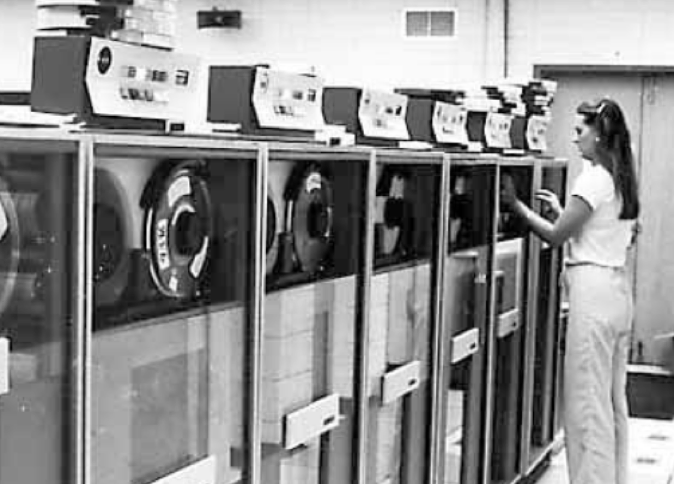
Around 1980, the first microcomputers came out. The early models of microcomputers also stored data on magnetic tape, the same kind of tape that was used to record audio, in a process that was primitive and slow. Soon, these tapes were replaced by flexible disks, which were also called “floppy disks.” Floppy disks used the same technology of magnetic recording to store data.
The device that read and wrote on these disks was called a “floppy disk drive”.
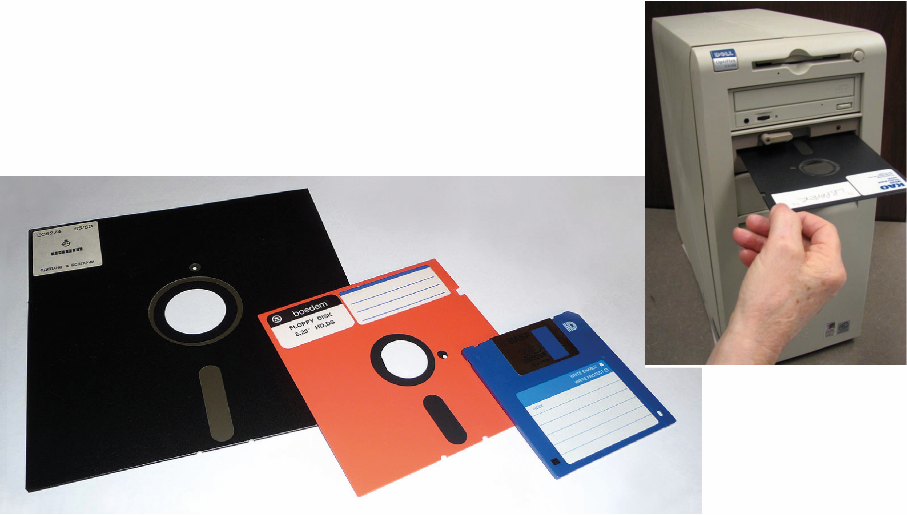
Microcomputers during the decade of the 1980s had very little internal memory. All of the programs used had to be stored on floppy disks and loaded on the computer when they were going to be used.
For example, if your microcomputer used the CPM operating system (very popular at the time, with features similar to Windows today), you had to load this program on the machine from a floppy disk. Later, to work on your payroll, you had to put the disks for the payroll program into the computer and load them up. And to record the data for your payroll, you needed yet another floppy disk.
As programs continued to become more and more complex, the volume of storage required to store them also increased, and the space available on floppy disks started to become insufficient. At that point, magnetic disks with greater capacity were created, which were permanently installed inside computers. To differentiate them from the floppy disks that dominated the market, this new type of disk was called a hard disk drive, whose abbreviation was HDD, which was later shortened to HD.
And these HDs have been used in our computers until today.
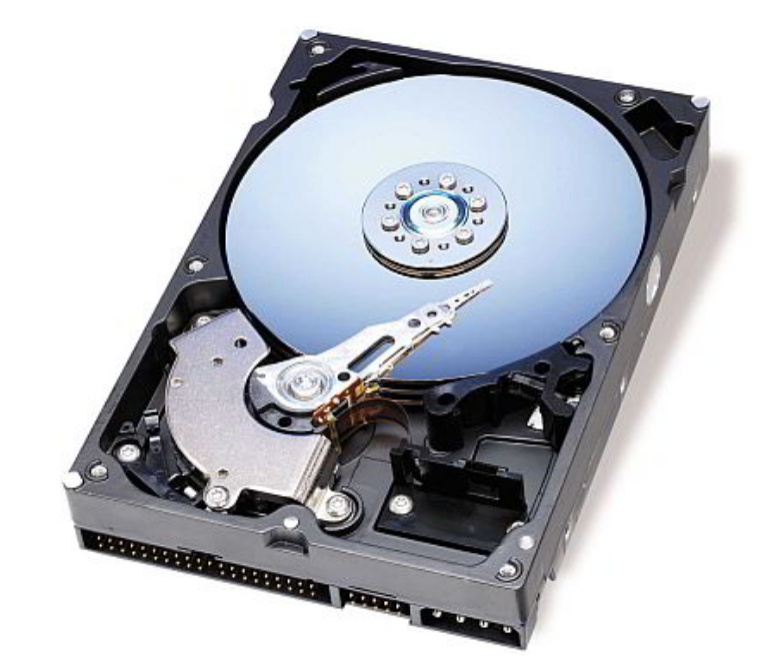
In parallel to the development of this storage technology, the technology for the construction of the electronic circuit itself was evolving. Since the end of the 19th Century, electronic circuits were built with devices called “vacuum tubes.” Beginning in 1950, a new technology started to be developed, in which devices were constructed on semiconductor materials, such as silicon, with other chemical elements deposited on top in an extremely controlled manner. These devices were called “transistors”.
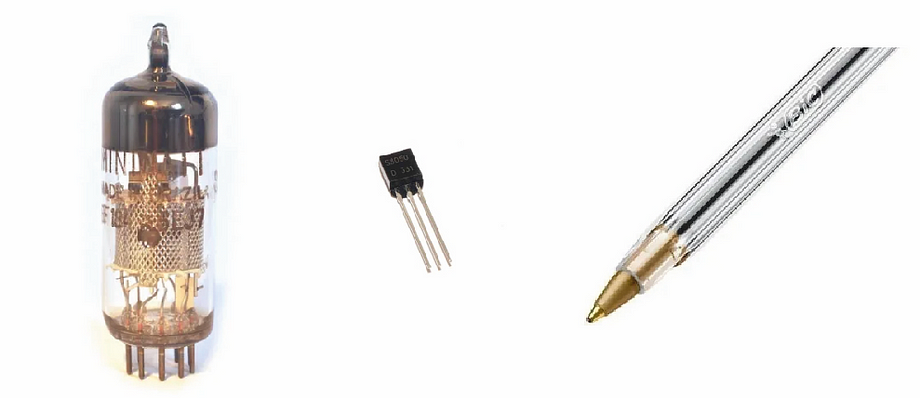
To differentiate this new technology from the vacuum tube technology, it was given the name “solid state”, because the electronic signals traveled within the solid silicon. The first appliances to become popular using this new technology, in the 1960s, were transistor radios, which bore the inscription “SOLID STATE”.

Beginning in 1970, the electronic appliance industry began to group these devices on small surfaces of semiconductor material (a chip) that contained thousands of interconnected transistors forming microscopic electronic circuits. This type of device was called an “integrated circuit”, also referred to simply as a “chip.”
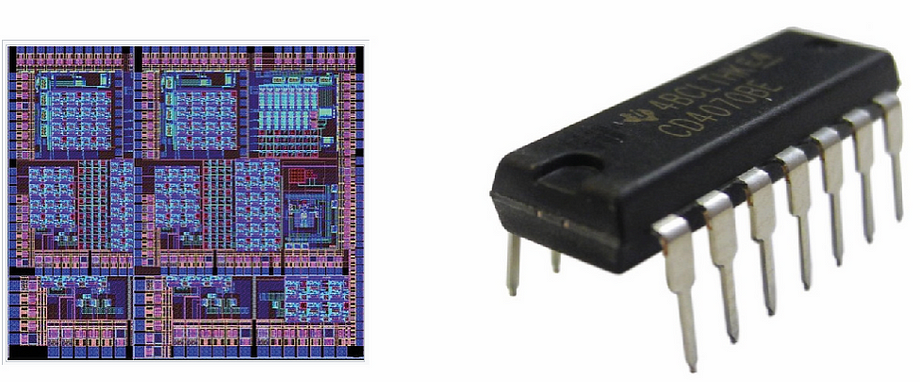
It was the development of the integrated circuit that made possible the development of computers, where they perform processing functions. In addition, chips were also employed in electronic memory. Nevertheless, chips still hadn’t been miniaturized enough to store great volumes of data. For this reason, despite the fact that working memory in computers has been built with chips since the decade of the 70s, the storage units for large volumes of data were always magnetic devices (tapes or disks).
Recently though, integrated circuit chips have reached such a high degree of miniaturization that it has become possible to build storage units capable of storing volumes of data equivalent to that of magnetic disks, with the added benefit of allowing for much greater access speeds. These devices are now replacing magnetic disks.
Thus, solid state technology, which has been evolving since the 1960s, has now also started to include the function of data storage on a large scale, with devices that are being designed to replace magnetic disks. Returning to the initial name for this technology, and to show that these devices are substituting Hard Disk Drives (HD), the term “Solid State Drive” was coined, or SSD.

This figure summarizes all of the steps in the evolution of the technology described above:
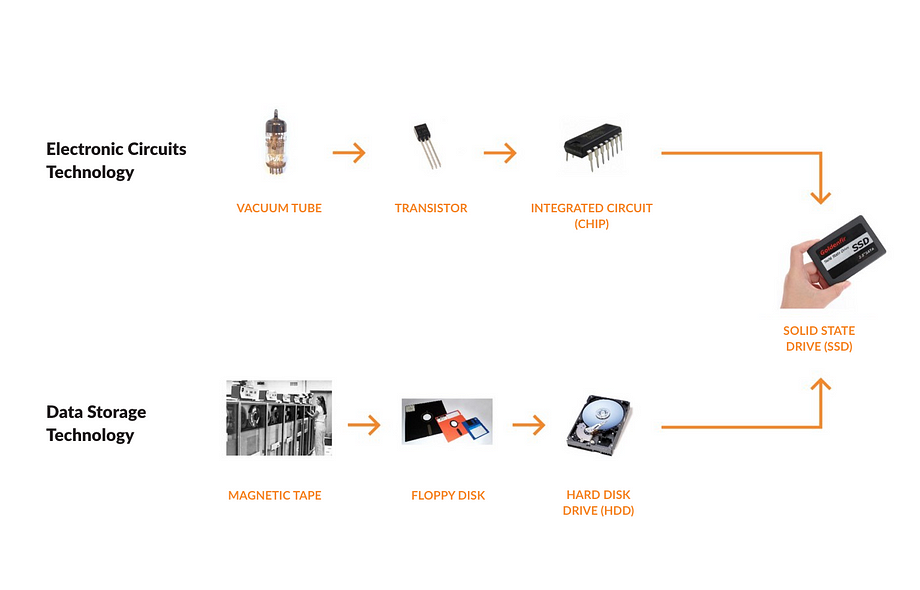
That´s it.

I am an engineer, physics teacher, translator, and writer. I am also director of LatinLanguages, a translation agency that provides multilingual companies and final clients with translation into Portuguese and Spanish. If you work with these languages, we are your best option—delivering world-class service at Brazilian prices.
Marcos Chiquetto




